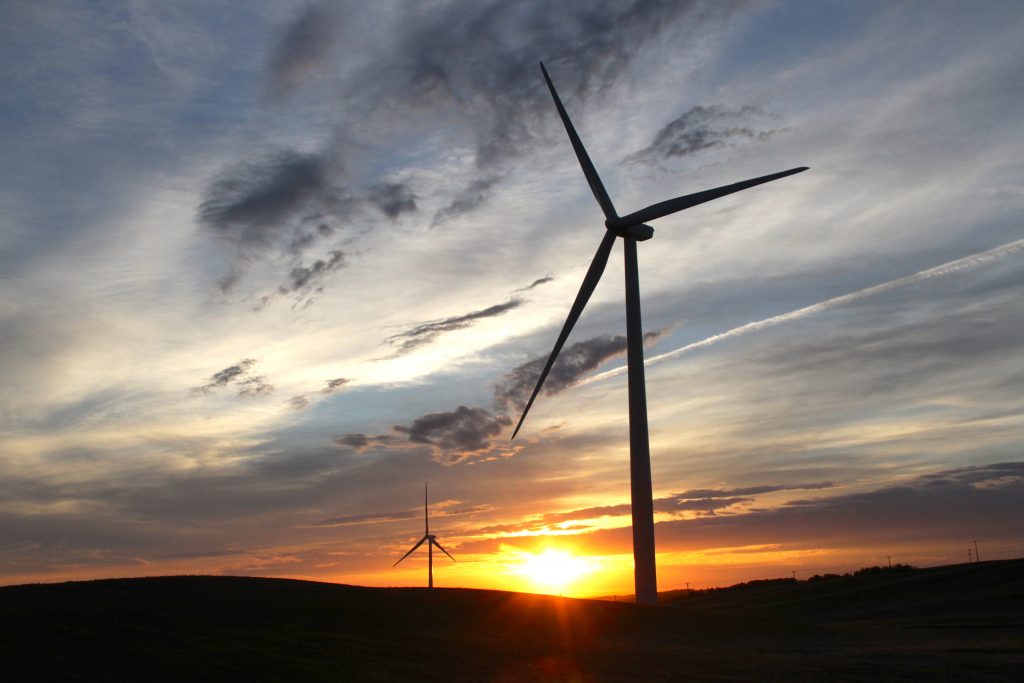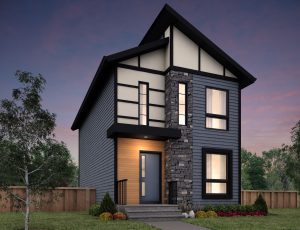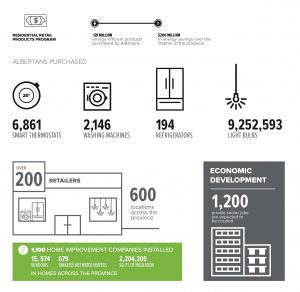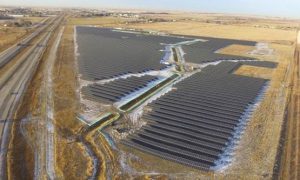By David Dodge and Scott Rollans
2017 will go down as a breakthrough year for green energy in Alberta. Alberta added 50 per cent more wind power at the lowest prices we’ve seen in Canada, and solar continues a rapid ascent that really began to gather steam a few years ago.
Tim Weis at Blackspring Ridge Wind Farm.To talk about Alberta’s top green energy stories from 2017, we enlisted Dr. Tim Weis, formerly of the Canadian Wind Energy Association. More recently, Weis served as special advisor to Shannon Phillips, Alberta’s Minister of Environment and Parks. He is now Industrial Professor in Mechanical Engineering and head of electricity research at the University of Alberta’s Centre for Applied Business Research in Energy and the Environment (CABREE).
(In the interest of transparency, I worked with Tim Weis when he co-wrote the seminal report Greening the Grid in 2009.)
Wind is now the cheapest form of electricity
Weis says the big story of 2017 “was the revealing of the winners for the renewable energy auction, which were for wind projects, that came in at a staggeringly low price: 3.7 cents per kilowatt hour.”
Alberta’s goal is to phase out coal and get 30 per cent of its electricity from renewable sources by 2030. The province began this transition through a competitive bidding process designed to secure 400 megawatts of wind power.
The resulting price of 3.7 cents per kilowatt hour “is less than half of what people were anticipating and probably less than half [the cost] of building a brand new natural gas plant,” says Weis.

Alberta purchased wind power under long-term contracts at the lowest prices seen in Canadian history in 2017.
In fact, the cost was so low, the province chose to purchase 600 megawatts instead of 400.
These unique agreements, called “contracts for differences,” are designed to work in Alberta’s so-called deregulated market. Under the wind contract, for example, if the price of electricity ever falls below the bid price (3.7 cents/kilowatt hour in this case) the producers are paid the difference out of the carbon tax. If the price of electricity rises higher, the bidders still provide electricity at the bid price.
“So that brings us to almost 50 per cent more wind power than we have in the province right now. Currently, about six per cent of our electricity supply (on average) comes from wind energy. And, when these projects are up and running. I expect to see it closer to eight or nine percent,” says Weis.
Alberta is truly blessed with potential when it comes to wind energy. Weis once did a back-of-the-envelope calculation, and estimated Alberta has enough economically developable wind resource to “power all the way from British Columbia through to Ontario just on the wind energy resource.”
Not that we’d do that, because nobody wants that many wind farms. Besides, it’s smarter and better to develop diverse energy resources.
Solar increases five-fold since 2015
Weis says it’s noteworthy that the “first utility scale [solar] project hit the grid in 2017.” The 15 megawatt Brooks solar project has 50,000 solar modules, and will produce enough electricity to power 3,000 homes. The $33 million project received $15 million from Emissions Reduction Alberta, so it’s really the first pilot project of this scale in Alberta.
Meanwhile, small scale solar continues to build momentum. “We’ve also seen a pretty big evolution in terms of residential and commercial small-scale uptake as well,” says Weis. Since 2015, solar has grown from four megawatts to 20 megawatts, a five-fold increase—and, notes Weis, “We’re not seeing any sign of that abating.”
Solar is presently the leading renewable technology in the world, and nearly half of all the capacity installed so far worldwide is small-scale solar.
Affordable solar is also making other revolutionary ideas viable as well.
Affordable new-zero homes arrive in 2017

At under $400,000 the Landmark Pisa model home is one of the most affordable solar powered, net-zero homes in Canada.
One of our favourite stories from 2017 was the opening of the new Landmark Homes Pisa net-zero show home. At $400,000, including garage and GST, this is the most affordable net-zero home we’ve ever seen.
“It’s a little-known fact that [Edmonton] is actually one of the leaders in Canada for net zero house building,” says Weis. “Seeing that home coming at that price, I think, does change the game, in terms of what we can start to expect to see as the norm.”
Chances are, in the very near future it will make sense for almost anyone to put solar on their homes.
Energy efficiency takes hold in 2017
Energy efficiency also landed in Alberta in 2017 in a big way. Just over a year ago, I was fortunate enough to be appointed as the chair of the board of the new Alberta Energy Efficiency Alberta agency.

Energy Efficiency Alberta signed up 150,000 Albertans to its introductory energy efficiency program and helped Alberta retailers sell 9 million light bulbs.
The agency’s no-cost residential program was designed to introduce Albertans to energy efficiency. By autumn, the program had attracted more than 150,000 Albertans, one of the fastest uptakes of an introductory program in any jurisdiction.
The program is really designed as an introduction, to help people understand the benefits of energy efficiency. Albertans were assured it would spur on interest in future programs.
Some business folks were worried about the agency giving away light bulbs, but soon after the residential rebate program launched, Albertans purchased more than 4 million LED light bulbs and other devices.
How times change. Less than a decade ago, when Weis’ Greening the Grid report was released, the idea of transitioning Alberta’s dirty grid to clean electricity seemed a stretch. In those days, renewable technologies (solar, wind, geothermal etc.) were widely considered “alternative.”
“I don’t think we would have predicted then, or even a few years ago, that we would be seeing wind prices come in at half the price you can build up conventional power plant,” says Weis.
Now, in his new role at CABREE, Weis is examining the question of how much renewable energy we can accommodate in our electricity system and what changes are needed to the market and grid structure to accommodate more. This could mean looking at new technologies such as energy storage.
Alberta in 2017 also saw new jobs in energy diversification. Fittingly, Capital Power, one of Alberta’s coal powerhouses, was among the successful bidders to supply wind energy at record low prices.
As 2018 begins, we can envision a future—not far off—where we live in solar powered homes, cook on induction stoves, and drive speedy electric cars with few or no emissions (and no carbon tax).
-30-
1069 words






